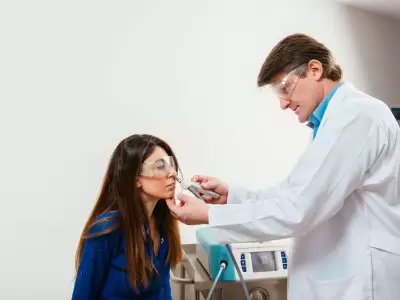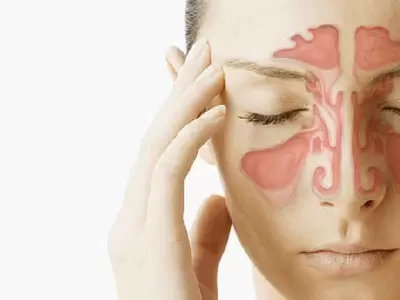Revision (Secondary) Rhinoplasty
Second or more surgical interventions made after a rhinoplasty operation due to anatomical problems such as nasal deviation and nasal asymmetry, functional problems such as nasal congestion, or undesirable visual results are called "Revision" rhinoplasty.
Rhinoplasty is one of the most commonly revised surgical procedures because problems occurring on the nose, located in the middle of the face, are in sight and noticeable.
The reported rates of problems requiring additional surgical procedures after rhinoplasty operatrions vary, but this rate is considered to be about 10-15%.
There are various factors causing undesirable results or problems in the postoperative period. Among these, the most common ones include;
Inability to completely determine the potential problems before surgery.
Inability to fully understand the patient's expectations.
Mistakes made during the use of the surgical techniques.
Structural characteristics of the patient (excessively thin or thick skin, crooked nose, etc.).
Problems encountered during the recovery period after surgery (trauma, infection, etc.).
Visual problems that require a revision surgery can be classified in four different categories.
Although there is no aesthetically significant problem, the result desired by the patient is likely to be unattainable.
Minor problems: Minor irregularities in the nasal dorsum, slight asymmetries in the nasal tip.
Moderate problems: Asymmetries that adversely affect nasal breathing
Major problems: Serious asymmetries and deformities that may adversely affect nasal breathing due to loss or impairment of cartilage or bone structures.
Completion of the recovery period and achievement of the final shape of the nose after aesthetic nose surgery are considered to take 6 months to 1 year, depending on the surgical intervention; but completion of the changes in the nose’s skin may take longer. Therefore, before performing a second surgery, generally waiting for at least one year is strongly recommended.
The biggest factor playing a determinative role in the timing of the revision surgery is the content of the problem that requires a revision.
In cases of problems caused by slight irregularities, asymmetric formations and thick structure of the patient's skin, or local accumulation of excessive scar tissues, it is usually appropriate to wait for the completion of the recovery (at least 1 year), and in the meantime, thin the thick and edematous tissues through cortisone injections, if necessary. Before performing a second revision surgery intended for the cartilage grafts used in the first surgery for reshaping the nasal dorsum, it is necessary to wait for 1.5 to 2 years depending on the graft technique used.
In cases of major problems, which are not likely to be solved over time and which adversely affect the patient's nasal breathing, or in cases of asymmetries and deformities caused by any trauma to the nose after rhinoplasty, it is preferred to perform a second surgery without waiting for the recovery period.
In revisions that need to be made due to failure in meeting the expectation of the patient, although there is no aesthetically significant problem, the rightest approach is to wait for at least 1 year for the completion of the recovery, in order to minimize the risk of a third surgery.
Revision rhinoplasty operations are interventions with important surgical challenges due to disorders in the tissue plans caused by the previous surgery, adherences between the skin and cartilage and bone framework, as well as damages and deformities in the cartilage or bone tissues.
Therefore, in order to achieve a successful result in revision surgeries, the existing problem should be well assessed, alternative approaches such as taking ear or rib grafts usable during surgery should be planned and the required preparations should be made in advance, and the surgeon who will perform the surgery should have adequate amount of knowledge and experience required for such interventions.






Comment
Your Contact Information will not be shared in any way. * Required Fields